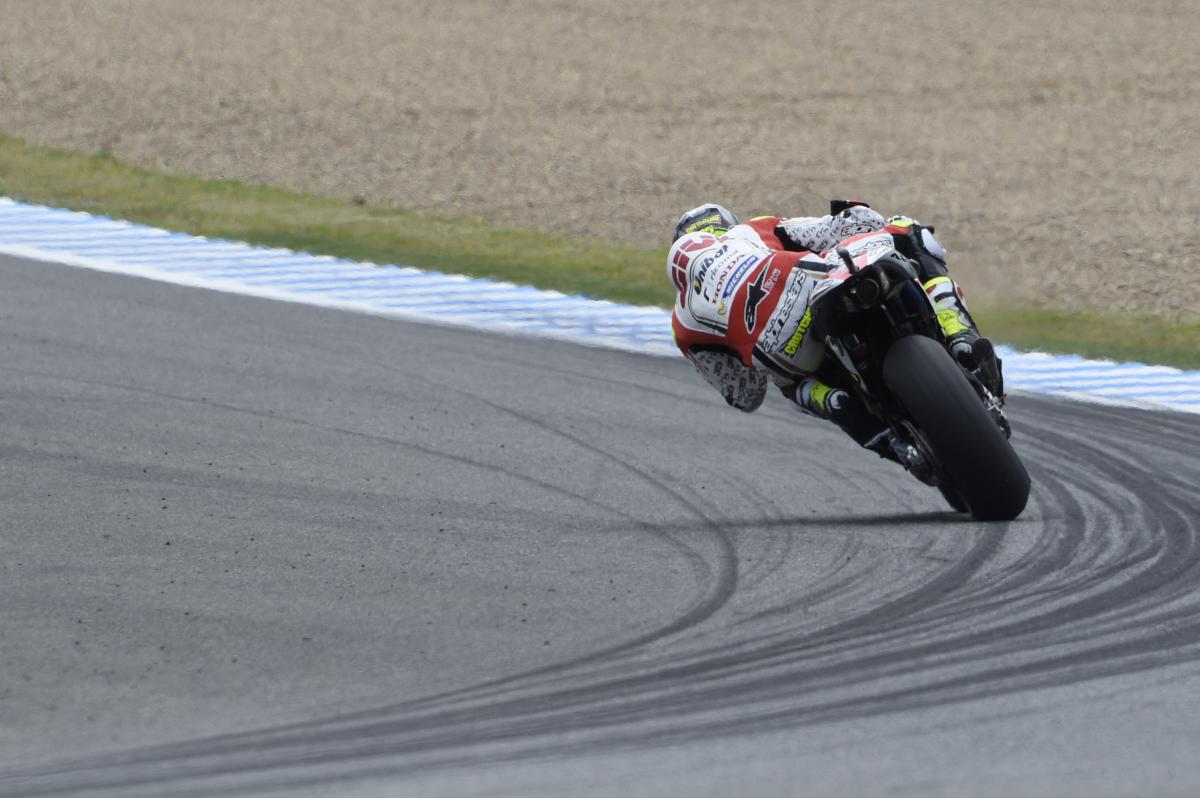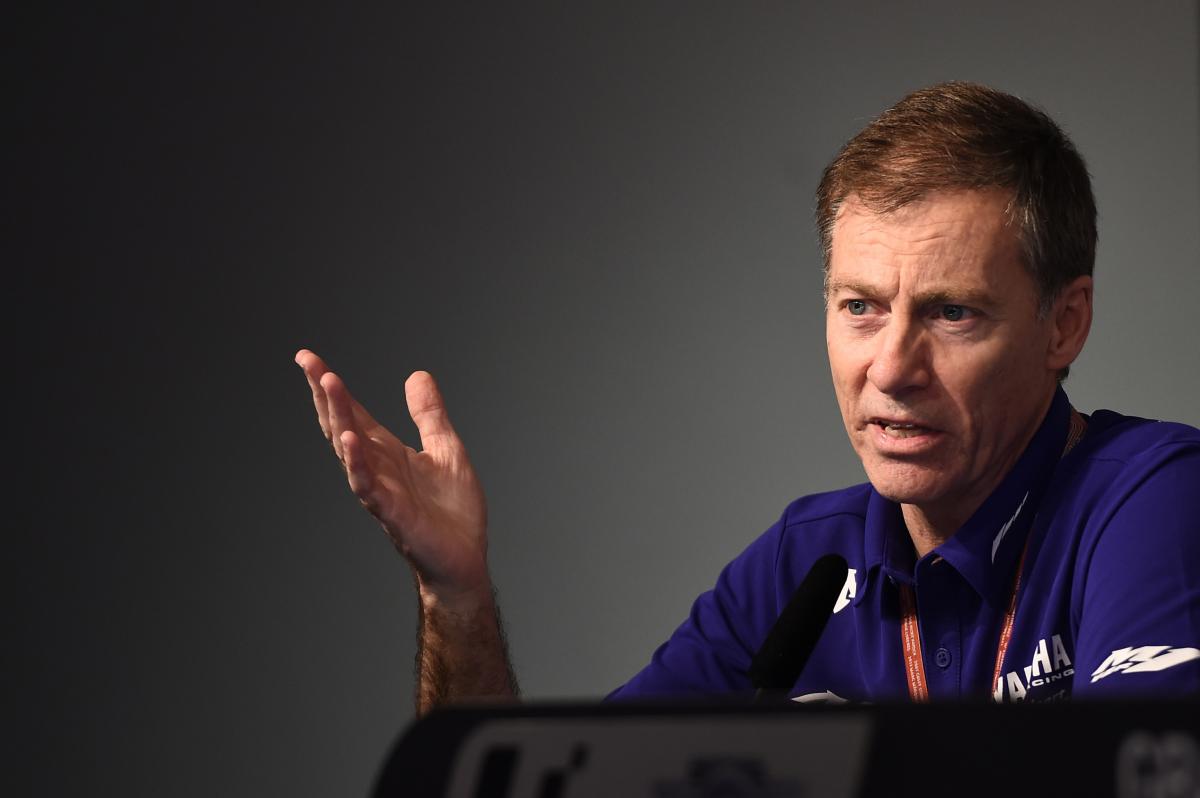Michelin reveals reasons behind Redding tyre failure

Michelin has confirmed Scott Redding's rear tyre failure in Argentina was due to several differing factors, namely track temperature and rider build, after detailed analysis revealed the rubber in question "could not sustain the strain put on it."
In the weeks between the second MotoGP round of 2016 and Jerez, Michelin has learned that the extremely demanding layout of the Termas de Rio Honda circuit coupled with Redding's build, and high track temperatures contributed to the incident, according to technical director Nicolas Goubert.
Speaking on Thursday evening, Goubert also stated the results of Michelin's analysis was vindication for the company's decision to introduce a more robust rear tyre construction for the following round in Austin, Texas.
"For Scott, what happened in FP4 in Argentina, the tyre stayed inflated so he parked the bike without crashing," began the Frenchman.
"That was a positive point but, nevertheless, it shouldn't have happened and the results from the analysis showed that basically in conjunction with a very high track temperature, a very demanding layout of the track and a well-built guy basically was too much for the tyre. The tyre could not sustain the strain put on it.
"This means the decision we took to give the riders a stronger construction was the right one. We will stick with that construction - we've had it from Austin - but we'll stick from it for the rest of this year."
Goubert then went on to emphasise Michelin would not return to construction, as well as mentioning how the unique conditions encountered in Argentina were a first and truly unique since the company's return to the MotoGP class.
"[The harder construction is] Forever because the conclusion is it is not strong enough for a combination of very demanding tracks, demanding rider and high track temperature. That's something that can happen again so we don't want the same consequences to happen again.
"I wouldn't say [before] it was a very soft construction - it was one that we had for the last 18 months that we started testing with the guys in September, 2014. We never had any issues with it but when we do testing it's only with a few people, it's only in certain conditions, and obviously we had never been confronted with such a high level of strain on the rear tyre.
"So we went to Phillip Island, which is a very demanding track, but the track temperature is not very high. It could have happened in Phillip Island with the same heavy-built rider if the track temperature had been very high with the same number of laps. It's our conclusion now so we are convinced that we need to have something stronger. That's what we had from Austin and that's what we'll keep from now on."
In Argentina riders from Yamaha were critical of race direction's decision to alter the race format, believing it to not only suit Ducati's strong points, but to penalise the field for an issue that mainly affected the Bologna machines. Until Redding's tyre failure, not one rider had voiced their complaints of the rear.
Goubert was of the opinion that riding style and rider weight were more pressing factors than the make of bike.
"I heard [Andrea] Dovizioso say that his bike is more demanding than the others. Honestly speaking, looking at the tyres at the end of the race, it's not the case for me. I would say that quite often on the front they are less demanding. Sometimes with the rear as well. What makes a difference for a tyre is more riding style and weight of the rider than the bike brand.
"At the end of the day we're here to provide tyre solutions for all the field, whether it's the Ducati, the Yamaha, the Aprilia, the Suzuki. We did a good job to provide something that can handle the strain of these bikes and for somebody like Dani who weighs 60 kilos, or somebody like Scott who weighs up to 80. We have to give them something to ride with. They're not doing anything wrong so we have to find a solution for everyone."
While the incident in Argentina represented the second drama of the year for Michelin, after Loris Baz's spectacular spill when testing in Sepang, Goubert was keen to point out that tests revealed the Frenchman's spill was due to a puncture.
"What happened to Baz in Sepang was clearly a puncture. We brought all the pieces back to Clermont-Ferrand, put the tyre back together and it was clear that there was something that went into the tyre and created a puncture. You know the consequences."

